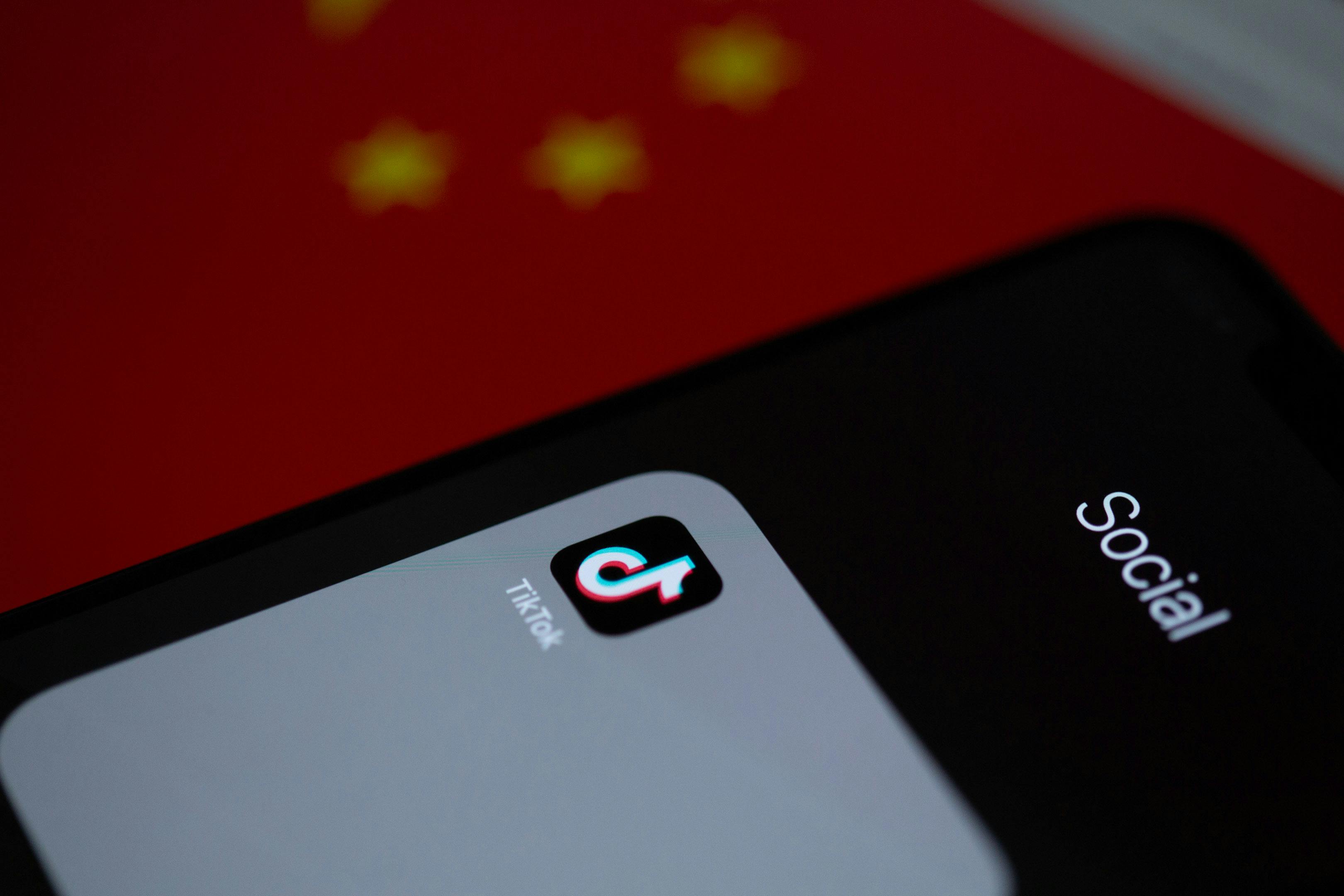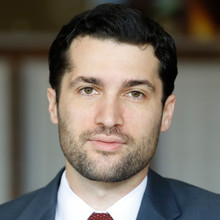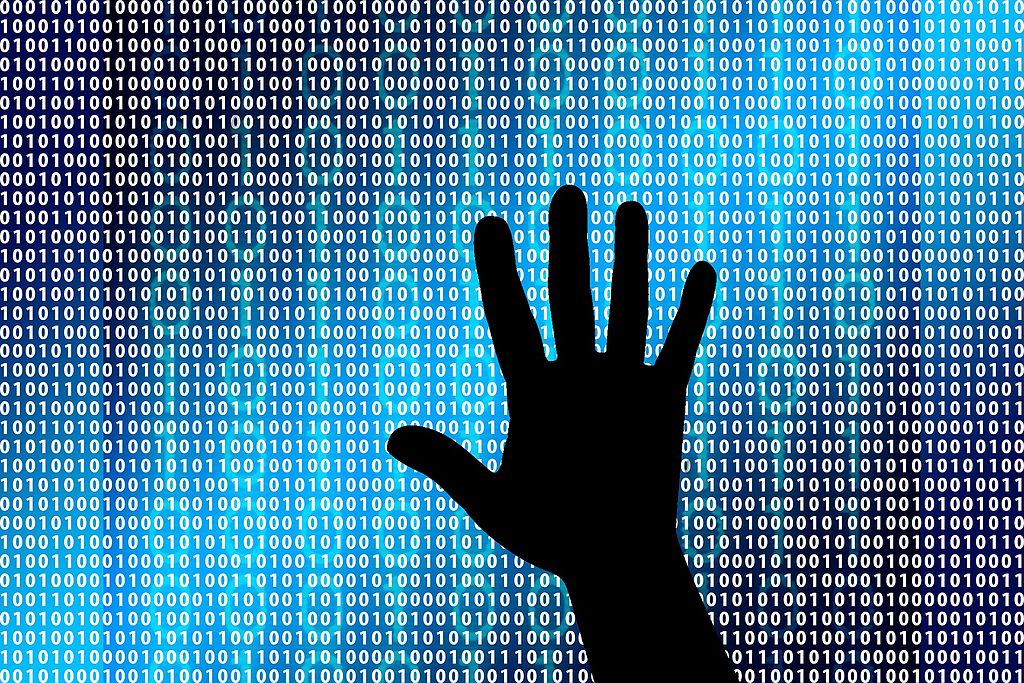Five More Observations on the TikTok Bill and the First Amendment
The data-privacy justification is substantial, the national security posture helps the government, and the law covers more than just TikTok.

Published by The Lawfare Institute
in Cooperation With

Both TikTok and a group of its users have filed lawsuits challenging the recently enacted Protecting Americans from Foreign Adversary Controlled Applications Act (PAFACAA), which would ban TikTok in the United States unless ByteDance, TikTok’s Chinese owner, divests its ownership stake in the company. The core of both lawsuits is a set of arguments that a ban on TikTok would violate the First Amendment rights of both TikTok and its 150 million users (although TikTok also raises interesting arguments about the targeted nature of the law). Although the complaints don’t break new ground in terms of the ongoing debate over PAFACAA in the First Amendment context, they’re an opportunity to follow up on my earlier article about the First Amendment implications of the bill with a few more observations.
1. The companion data-broker law strengthens the law’s data-privacy justification.
I’ve previously argued that the stronger justification for banning TikTok is based on concerns about foreign manipulation rather than data privacy, since, in the absence of federal data privacy law, China could acquire TikTok user data through other means. But a companion to PAFACAA, passed as part of the same legislative package, changes that calculation. In the Protecting Americans’ Data from Foreign Adversaries Act of 2024 (PADFAA), Congress has prohibited third-party data brokers from selling Americans’ “personally identifiable sensitive data” to the same entities at issue in PAFACAA: “foreign adversary countries” (currently North Korea, China, Russia, and Iran) and entities in which those countries (or their nationals) have a 20 percent stake.
PADFAA is far from the comprehensive data privacy statute that many have argued for. But it does meaningfully restrict China’s ability to circumvent PAFACAA by purchasing U.S. user data from data brokers. Thus, PADFAA solves, or at least substantially ameliorates what would otherwise be PAFACAA’s serious First Amendment underbreadth problem—since “[u]nderinclusivity creates a First Amendment concern when the State regulates one aspect of a problem while declining to regulate a different aspect of the problem that affects its stated interest in a comparable way.” This significantly improves the government’s litigating posture, not only because it is better to have two arguments rather than one, but because the data-privacy rationale for the law avoids the risk that the foreign-manipulation justification could be viewed as impermissibly viewpoint based.
2. Congress has provided an evidentiary basis for the law, but it’s unclear whether the government will have to provide more evidence in court.
One of PAFACAA’s odd features is its lack of legislative findings, which often play a major role in judicial decisions about whether to uphold statutes against constitutional challenges. But two documents mitigate this problem, to an extent. The first is a resolution introduced by Rep. Raja Krishnamoorthi (D-IL) and former Rep. Mike Gallagher (R-WI), PAFACAA’s cosponsors, that sets out in detail the national security threat that Chinese control of TikTok poses and includes descriptions of numerous public as well as classified briefings that Congress received from members of law enforcement and the intelligence community. The second is the committee report that accompanied PAFACAA’s passage in the House and that contains the same kind of material that was in the resolution, including an explanation as to why Project Texas, TikTok’s proposal to deal with the national security issues without a full divestment, is insufficient.
The question is whether this evidentiary basis for PAFACAA will be sufficient, or whether the government will need to provide more concrete, and potentially classified, information on TikTok’s national security threats. One wrinkle is that, because PAFACAA requires challenges to the law to be brought in the U.S. Court of Appeals for the D.C. Circuit rather than in the trial court, it is unclear what sort of evidence or discovery the D.C. Circuit will permit or, indeed, demand. (In a footnote in its complaint, TikTok notes that it intends to “file a separate motion regarding the procedures governing this original proceeding,” and that it reserves its “rights to present additional facts and arguments in due course.”)
Certainly the D.C. Circuit can consider classified evidence if it wants to—it routinely did so in the course of its many Guantananamo habeas cases. More recently, the Ninth Circuit reviewed classified information as part of its decision rejecting Twitter’s request for the ability to publish more detailed transparency reports on government surveillance orders. The Ninth Circuit noted, “While we are not at liberty to disclose the contents of the classified materials that we reviewed, our analysis under the narrow tailoring prong [of the First Amendment] depends principally on the knowledge we gleaned from our review of that material.” This suggests an answer to a question that Jameel Jaffer, executive director of the Knight First Amendment Institute at Columbia University, rhetorically posed in a Twitter exchange with me over the pending TikTok litigation: “I mean, what's the opinion going to say? ‘Trust us, your First Amendment rights haven't been violated?’ I think the government will have to justify the law on the public record.” Some version of “trust us” may well be exactly what the D.C. Circuit says.
3. It’s unclear whether there’s a general First Amendment right to receive propaganda, and if so whether a TikTok ban would violate it.
One commonly raised objection to PAFACAA—especially when the law is primarily justified by a fear of foreign manipulation—is that it violates the First Amendment right to receive foreign propaganda. In Lamont v. Postmaster General (1965), the Supreme Court struck down a law that required Americans who wanted to receive “communist political propaganda” through the mail to specifically request it from the post office, rather than simply have it delivered as regular mail. Coincidentally, the plaintiff, Lamont, was trying to read the Peking Review (now the Beijing Review), a Chinese state-operated English-language newspaper.
Lamont is often taken to stand for the proposition that, as Justice Brennan wrote in his concurring opinion, the First Amendment includes the “right to receive publications,” including political propaganda (since political propaganda is itself protected by the First Amendment). But the majority opinion in Lamont does not actually say this. In fact, the Court went out of its way to rest its judgment on the “narrow ground that the addressee in order to receive his mail must request in writing that it be delivered,” which the Court found problematic because the “requirement is almost certain to have a deterrent effect, especially as respects those who have sensitive positions. Their livelihood may be dependent on a security clearance. Public officials, like schoolteachers who have no tenure, might think they would invite disaster if they read what the Federal Government says contains the seeds of treason.” Lamont can thus plausibly be read as an opinion primarily about the government’s ability to impose an “affirmative obligation” on individuals seeking to receive foreign propaganda, not a general prohibition on such materials.
But even if one were to interpret Lamont through the lens of Justice Brennan’s more expansive concurrence, it’s far from clear how the opinion should apply to a TikTok ban. After all, a ban on TikTok is not a ban on reading or receiving Chinese propaganda. Americans will remain free to read the Beijing Review or Chinese government Twitter accounts. The difference is that the Chinese government will not be able to influence the design and operation of an entire communication platform that reaches 170 million Americans.
This distinction is not just one of scale but also of transparency. The foreign propaganda in Lamont was clearly labeled as such—Lamont wanted to receive the Peking Review, not just any newspaper from a publisher with Chinese ownership. Justice Brennan justified the First Amendment’s protection of the receipt of foreign propaganda on a classic marketplace-of-ideas theory. But just as a healthy market requires that consumers understand what they are consuming, so is a properly functioning marketplace of ideas degraded by covert manipulation by the market maker.
Perhaps the Court in Lamont really did mean to go so far as to prohibit any government restrictions on foreign ownership of communication platforms. But I doubt it—not just for legal reasons, but historical ones as well. As Matt Yglesias has observed, to argue that the government cannot ban TikTok today implies that, during the Cold War, the government would similarly have been unable to prevent the Soviet Union from purchasing CBS. I’m highly doubtful that even Justice Brennan or Justice Douglas, Lamont’s author—let alone the other justices that decided the case only three years after the Cuban missile crisis—would have gone so far. But ultimately that’s just my guess, I, along with everyone else, will have to wait until the Supreme Court clarifies Lamont’s reach.
4. In First Amendment cases, the government is at its strongest when it can cite national security.
It is true that there is no “national security exception” to the First Amendment—and that’s a good thing, otherwise the First Amendment wouldn’t play one of its most important roles, enabling the free flow of information and opinion on some of the nation’s most important policy issues. But while there’s no national security exception, there’s definitely a distinctive national security approach, by which courts exhibit non-trivial deference to the reasoned national security and foreign policy judgments of the political branches.
The most important modern example of this, and one that I expect will play an important role in both the government’s justification for the law and the Supreme Court opinion that I predict will ultimately uphold the law, is Holder v. Humanitarian Law Project (2010)—in which the Supreme Court upheld the statute criminalizing material support to terrorists against First Amendment challenge. The Court went so far as to uphold a ban on even training terrorist groups on “‘how to use humanitarian and international law to peacefully resolve disputes’” and “‘how to petition various representative bodies such as the United Nations for relief’”—core speech that, in any other context, would be unequivocally protected by the First Amendment.
Again, national security is not a trump card in First Amendment cases. But as cases like Holder illustrate, the courts allow the government substantially more leeway in national security cases. TikTok and its users will face an uphill battle trying to overcome that advantage for the government.
5. More attention should be paid to the law’s application beyond TikTok.
Although most of the attention has been over the law’s explicit targeting of TikTok and ByteDance, PAFACAA also applies to other foreign-adversary-controlled applications that are “determined by the President to present a significant threat to the national security of the United States.” Specifically, it covers any application that “permits a user to create an account or profile to generate, share, and view text, images, videos, real-time communications, or similar content;” actually enables sharing and viewing; and has more than 1 million monthly users (the law is silent on whether this figure refers to global users or just American users). At the same time it excludes applications “whose primary purpose is to allow users to post product reviews, business reviews, or travel information and reviews”—that is, e-commerce sites.
So, besides TikTok and other ByteDance-owned applications, what could this law apply to? The most obvious next application would be WeChat. But potentially more important are massively popular online video games like Fortnight, owned by Epic Games, and League of Legends, owned by Riot Games. Both companies have Chinese ownership levels that meet PAFACAA’s 20 percent thresholds. And both games, which collectively have tens of millions of U.S. players, include substantial social and player-to-player features and so would presumably fall under the statute.
The wide scope of PAFACAA is not in and of itself a problem legally, and it in fact strengthens the government’s hand in the TikTok litigation in two ways. First, it provides another defense against an underbreadth challenge—the government can argue that it’s not merely concerned about national security risks from TikTok, but from other similarly situated platforms and services. Second, it helps rebut TikTok’s argument that it is being unfairly singled out, or targeted, since the government can point to TikTok as only the first in what will be a more extensive campaign against foreign-adversary ownership of U.S. communications platforms.
At the same time, the law’s breadth raises its own separate concerns, at least in future litigation (neither TikTok nor its users have standing to challenge the non-TikTok portions of the law). The discretion that the law vests in the president might raise concerns regarding prior restraints. And more broadly, the wider the law’s potential sweep, the more the government will have to argue that its interests are compelling and that its actions are properly tailored.




